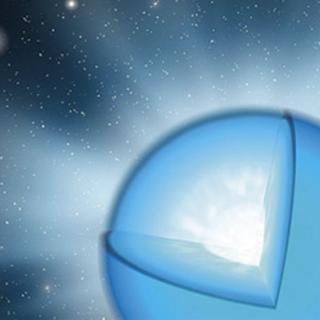Bibcode
Lorenzo, Marta; Camacho, I.; Najarro, Francisco; Herrero, A.; Garcia, M.
Referencia bibliográfica
Monthly Notices of the Royal Astronomical Society, Volume 484, Issue 1, p.422-430
Fecha de publicación:
3
2019
Número de citas
32
Número de citas referidas
26
Descripción
With both nebular- and stellar-derived abundances of ≲1/10 Z_{⊙
} and low foreground extinction, Sextans A is a prime candidate to
replace the Small Magellanic Cloud as reservoir of metal-poor massive
stars and reference to study the metal-poor Universe. We report the
discovery of two early O-type stars in Sextans A, the earliest O-type
stars with metallicity <1/7 Z_{⊙ } known to date, and two
additional O9 stars. Colour-excess estimates towards individual targets,
enabled by spectral typing, manifest that internal reddening is neither
uniform nor negligible. The four targets define a new region of star
formation far from the optically brightest centre of the galaxy and from
its conspicuous H II shells, but not devoid of neutral hydrogen. In
fact, we detect a spatial correlation between OB stars and H I in
Sextans A and other dIrr's that leads us to propose that the neutral
phase may be fundamental to star formation in low-density environments.
According to the existing evidence at least two of the targets formed in
isolation, thus suggestive of an stochastic sampling of the initial mass
function that would enable low-mass galaxies like Sextans A to form very
massive stars. The discovery of these four stars provide spatially
resolved, spectroscopic confirmation of recent findings, suggesting that
dwarf galaxies can sustain star formation despite the low density of the
gas phase.
Proyectos relacionados

Propiedades Físicas y Evolución de Estrellas Masivas
Las estrellas masivas son objetos claves para la Astrofísica. Estas estrellas nacen con más de 8 masas solares, lo que las condena a morir como Supernovas. Durante su rápida evolución liberan, a través de fuertes vientos estelares, gran cantidad de material procesado en su núcleo y, en determinadas fases evolutivas, emiten gran cantidad de
Sergio
Simón Díaz